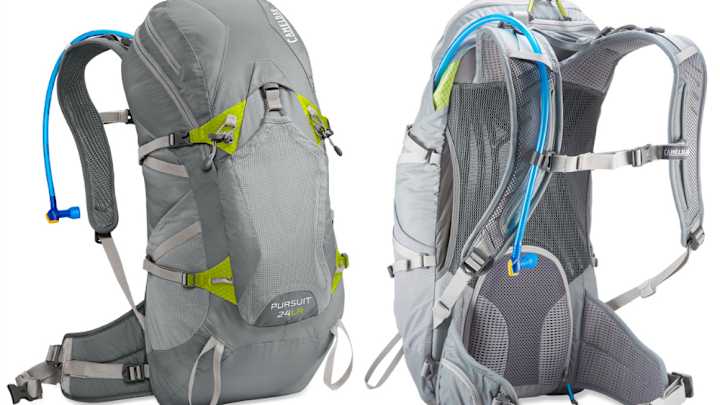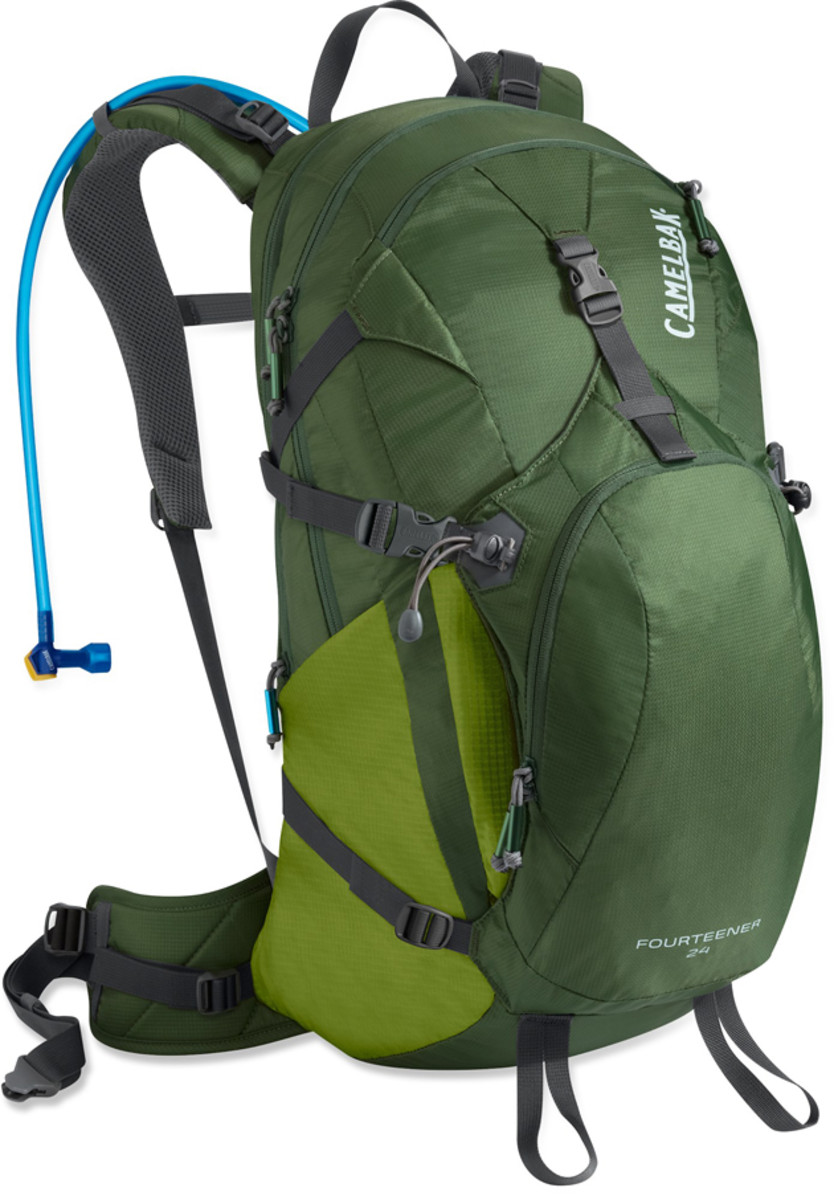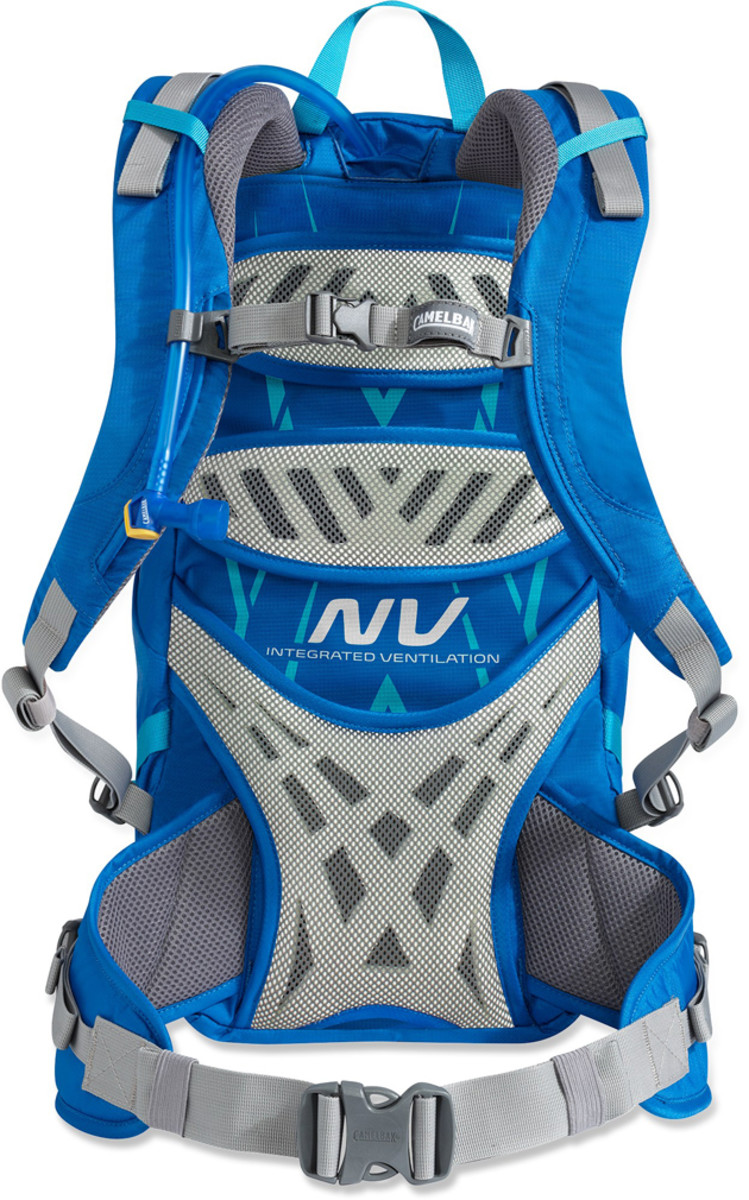Camelbak puts the latest technology on your back

Forget for a moment about the water-carrying system, the ample storage embedded into the pack and the lightweight nature of it all. When CamelBak unveiled its new technology for 2014, the key piece took the pack in a new direction: ventilated right off your back.
The new NV Back Panel offers up cross-ventilation to keep your gear—and water—from filling with unenticing back sweat while offering up a level of support CamelBak hasn’t before designed.
New on the Fourteener (men’s) and Aventura (women’s) packs for done-in-a-day adventures and the alpine-ready Pursuit (men’s) and Spire (women’s), the new panel has two horizontal pods that move in sync with the back and a third lumbar pod that transfers the weight of the pack from the shoulders to the hips. Add in mesh construction and the ability to push the pack off your body and CamelBak has a new way to carry water and gear.

“The Fourteener articulates and allows hikers to carry a full day’s supply of gear and water,” Seth Beiden, CamelBak product spokesperson, tells Edge, “but still keep the pack off their back enough to ventilate and keep them cool.”
Both the Fourteener and Aventura come in two cargo capacity sizes, with the men’s version carrying either 20 or 24 liters of goods and the women’s 18 or 22. The largest of the packs weighs 2.4 pounds and can easily manage up to 25 pounds of cargo.
An internal framesheet, structured waistbelt and multiple compartments engineered to distribute weight—including stretch overflow pockets for quick access to essentials, such as your iPhone or sunglasses—come with all the little things CamelBak features, such as four-point compression pockets and lash points for alpine gear.

While the Fourteener and Aventura encourage a day of alpine adventure, the Pursuit 24LR and Spire 22LR reposition the weight of the water from the user’s shoulders to the hips, lowering the user’s center of gravity for increased stability on tougher climbs. Still with the open mesh and high-ventilation back panels on a pack weighing just 1 pound, 3 ounces, the lumbar reservoir-based technology proves “priceless when in alpine scenarios,” Beiden says.
“Other trampoline back panels move the water weight further away from the user’s body, throwing off their center of gravity, while the Pursuit 24LR hugs the weight of the water around the hips, where you want as much weight stabilized as possible.”
The lifetime-guaranteed packs comes with a three-liter reservoir and Quick Link System allowing you to customize your water flow with everything from filters to insulation lines.
The art of carrying water has made some strides. Ventilated and engineered strides.
Tim Newcomb covers stadiums, design and gear for Sports Illustrated. Follow him on Twitter at @tdnewcomb.
